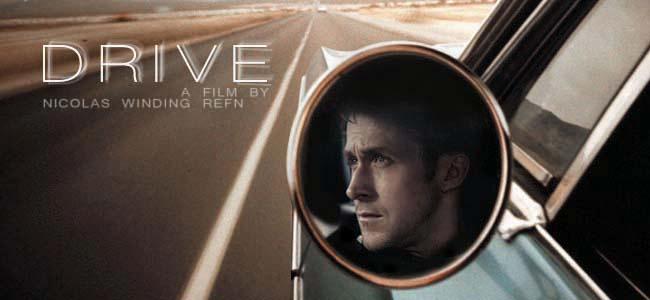Gosling’s new noir movie compared to Eastwood, De Niro, ‘Bullitt’
Wrapped in vague curiosities, Drive is both subtle and startling. Mixing beautifully crafted glimpses of Los Angeles with Tarintino-esque cinematography, the film is carried by infectious fuzz-pop grooves and a haunting score. Drive successfully creates a modern, yet vintage feel, making for an impactful and unforgettable ride (terrible pun intended).
“Driver” (Ryan Gosling), is a nameless, soft-spoken man who makes a living just as his lack of name suggests–he drives. Working as a mechanic and stunt-car driver for Hollywood films by day, Gosling moonlights as a wheelman for robbers by night. He is a meek and seemingly cool-tempered man who closes the deal for those looking to pull off any sort of heist.
Eager to provide his services for fair compensation, his rules are simple and to the point: “If I drive for you, you give me a time and a place. I give you a five-minute window; anything happens in that five minutes and I’m yours no matter what. I don’t sit in while you’re running it down; I don’t carry a gun…I drive.”
It is the calm-and-cool collectedness of Gosling’s character that brings cinematic greats such as Clint Eastwood and Robert De Niro to mind. He’s not boastful, nor is he overbearing. But don’t let the subtlety of his character fool you. In a moment’s notice, he manages to defer his mild-mannered demeanor, verging on the grounds of sadistic in brief, monstrous moments of excessive violence.
For the most part, Gosling projects a man who appears to be in total control of his life. He has minimal visible weaknesses, with just a couple exceptions. Shannon (Bryan Cranston), Gosling’s complacent boss, is unquestionably likable as he is with every role he plays. However, Cranston is only using the Driver for a stock-car racing venture. Additionally, Gosling projects a puppy love-like interest for his neighbor Irene (Cary Mulligan), a mother raising her son alone in Los Angeles while her husband awaits release from prison.
Finding himself in the midst of what appears to be a love triangle, Gosling reluctantly decides to help Mulligan’s husband pay off some bad debts upon his release from prison. In Gosling’s mind, he is the right thing for Mulligan and her son, but the heist that goes terribly awry. He is soon up against the wall, dealing with a threat more perilous than he could have ever imagined. As the target of two less than savory businessmen (Albert Brooks and Ron Perlman), Gosling sets out to settle a score in bold and dark neo-noir fashion.
It is within the aforementioned “weaknesses” of Gosling’s character that the gritty story of Drive unfolds. Things begin to unravel, creating so much tension and anticipation that when the scenes explode, they do so with an unprecedented bang.
With minimal dialogue, it is director Nicholas Winding Refn’s ability to utilize masterful shots, moments of ambient noise; and everyday sounds that heighten moviegoer’s awareness. Pulling incredible performances out of each character, much like he did with Tom Hardy in Bronson, he crafts Drive with such grace and anticipation−inducing emotion that audiences will feel every bit of tension the film exudes within the depths of their stomachs.
There is no question that Drive is not a film for everyone. For those seeking witty dialog and constant in−your−face action, save your time and money because this film will surely be a disappointment for you. However, for those who love film noir and hold a special place in their hearts for movies like Taxi Driver and Bullitt, Drive is screaming for you to strap yourself in and take a little ride.
Drive receives a 4.5 of 5 Lions.
Your donation will support the student journalists of Missouri Southern State University. Your contribution will allow us to purchase equipment and cover our annual website hosting costs.
















